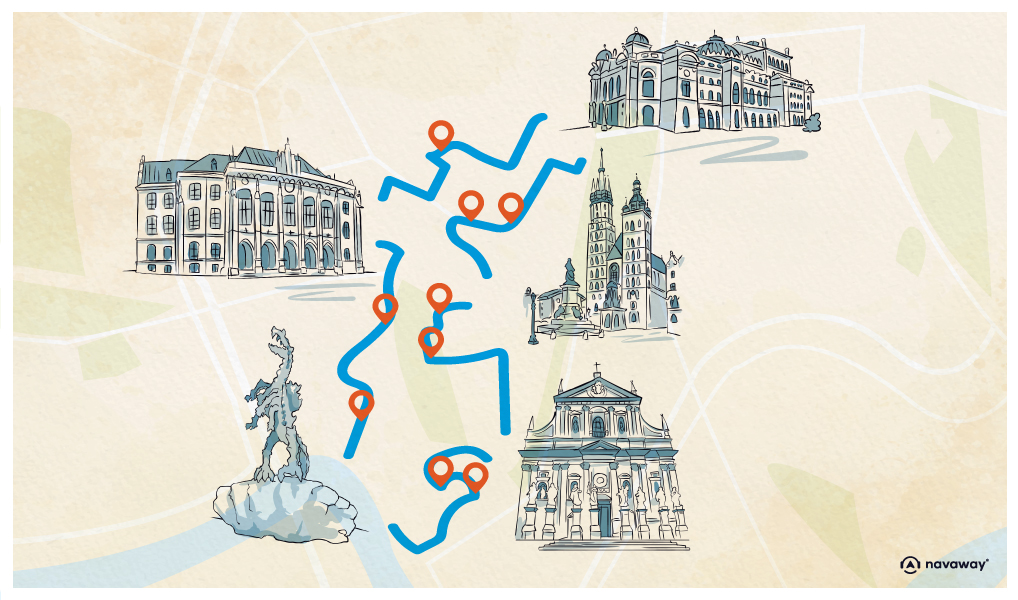
Cloth Hall
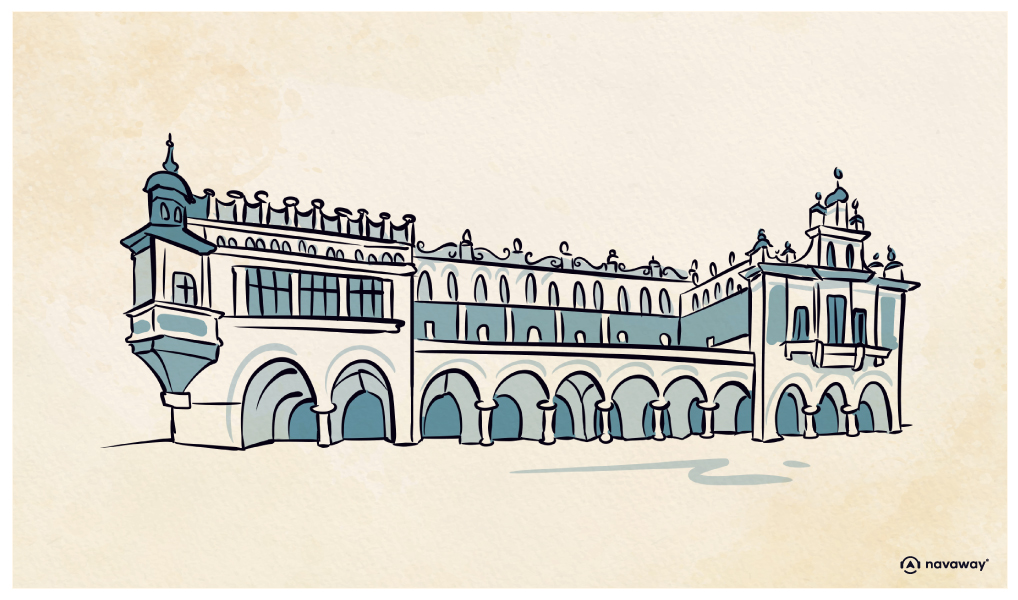
This point of interest is available as audio on the tour: Visit Krakow, Little Poland
You’re now standing in Market Square, in front of one of the city’s most iconic landmarks: the Cloth Hall. This grand Renaissance gem dominates the centre of the square—it’s big, beautiful, and full of history. This is called the Sukiennice in Polish, which literally means “Cloth Hall”, and it’s no metaphor. Around 1250, it was home to the city’s cloth merchants. As trade grew, King Casimir the Great had the first proper hall built in 1358. Over time, the goods expanded: silk, leather, salt, spices, and lead were being offered here alongside cloth. The hall became the heart of Kraków’s commercial life. In those days, merchants from outside the city were only allowed to sell their goods right here. In the 16th century, during the reign of Queen Bona of the Sforza dynasty, a wave of Italian artists arrived in Kraków and gave the building its Renaissance flair. The elegant decorative crest, the arcades, and the human-faced gargoyles you see above were added during that period. Over the centuries, the Cloth Hall underwent many changes, including a major renovation in the late 19th century, part of a broader effort to revitalise the Market Square. New market stalls were added on either side, the façades were decorated with symbols of Poland and portraits of successive presidents, and the upper floor was converted into a museum. Today, the arcades are lined with cafés and art galleries. Inside, the hallway is filled with wooden market stalls—though they no longer sell cloth, but a wide range of souvenirs. Upstairs, the Gallery of 19th-Century Polish Art holds an impressive collection of paintings and sculptures, plus a stunning view over the square. Entrance is ticketed—but it’s free on Tuesdays! Before you leave, look for the knife hanging near the Adam Mickiewicz statue. It’s a reference to the Magdeburg Law, under which thieves could have an ear—or worse—cut off, depending on the severity of the crime. If you’re interested in going underground, you can also visit the Cloth Hall’s 4,000-square-metre archaeological reserve, which tells Krakow’s full medieval history. As you can tell, there’s plenty to see and do in this central square. If you still have time, you may want to visit the Town Hall Tower on your right. The original town hall dated back to the 14th century but was demolished in 1820. The tower survived thanks to the efforts of the local residents. It nearly collapsed in a storm but held its ground—though it now leans slightly, by 55 centimetres! You need to pay to enter, and inside, you’ll see its clock mechanism, which is updated by radio signal from Germany.

Discover other tours to visit Krakow

Discover Krakow with app
An interactive guide through the most beautiful streets, squares, and districts
20 fun audioguides full of historical facts, anecdotes, and legends
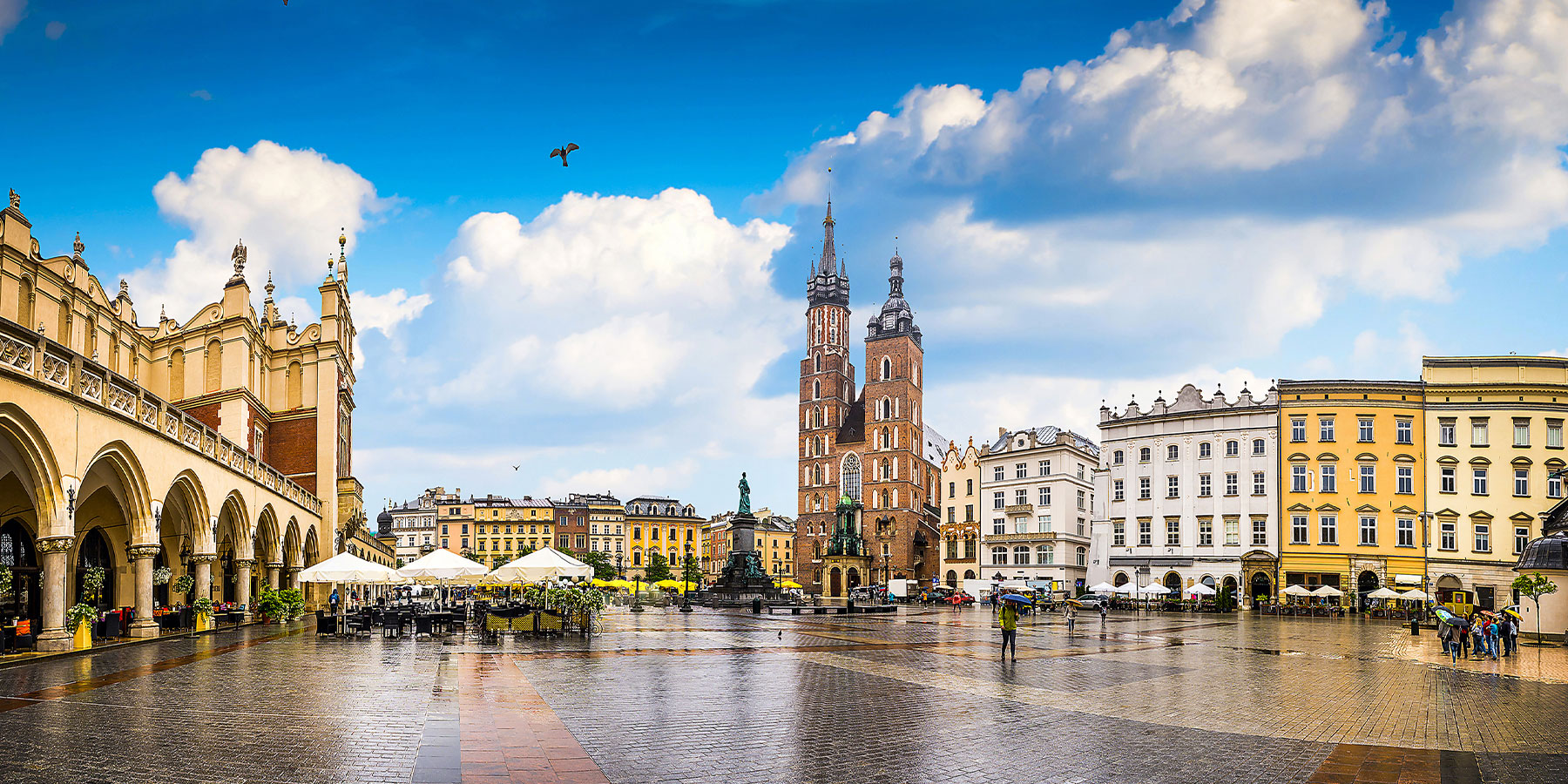
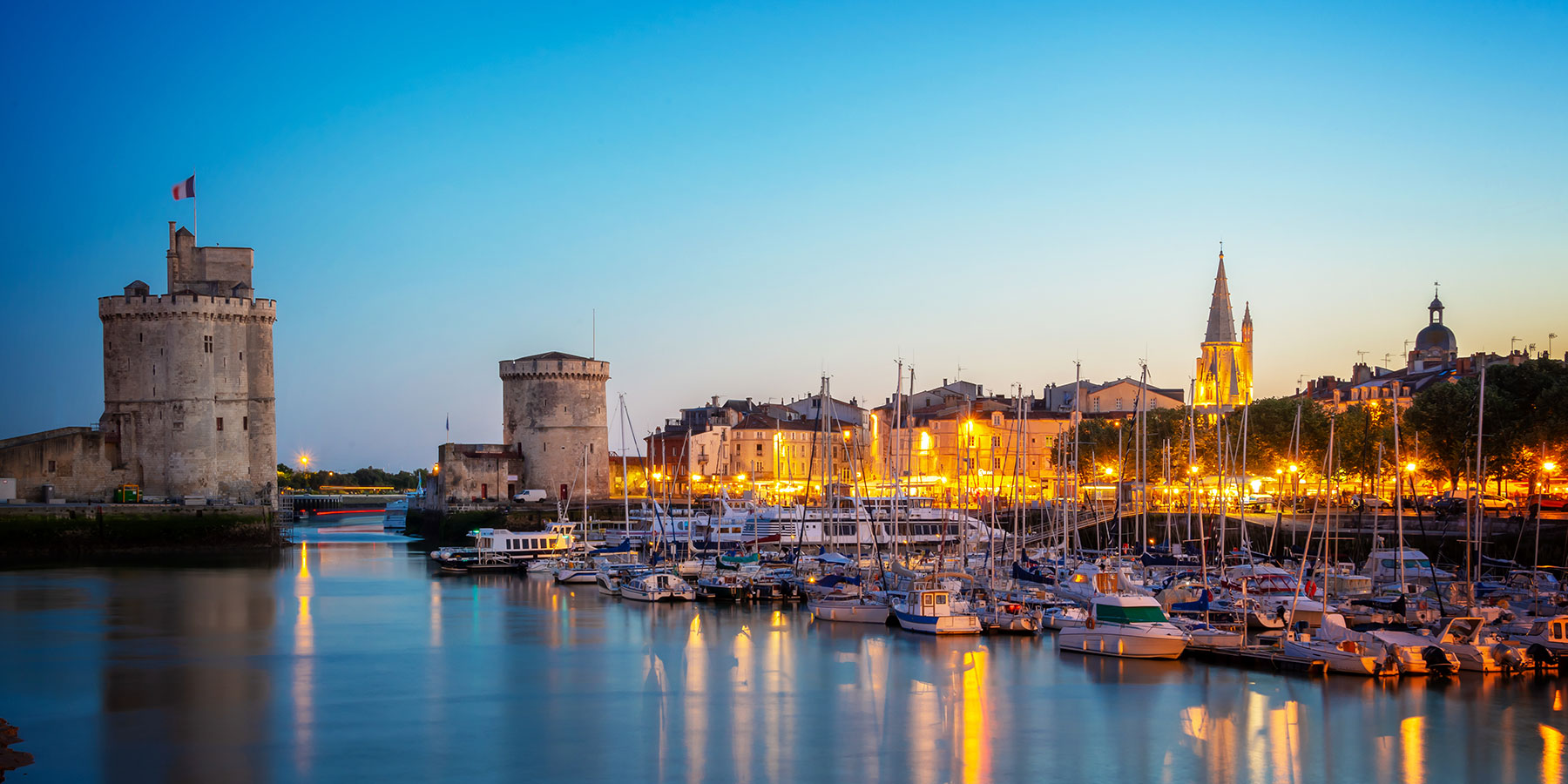
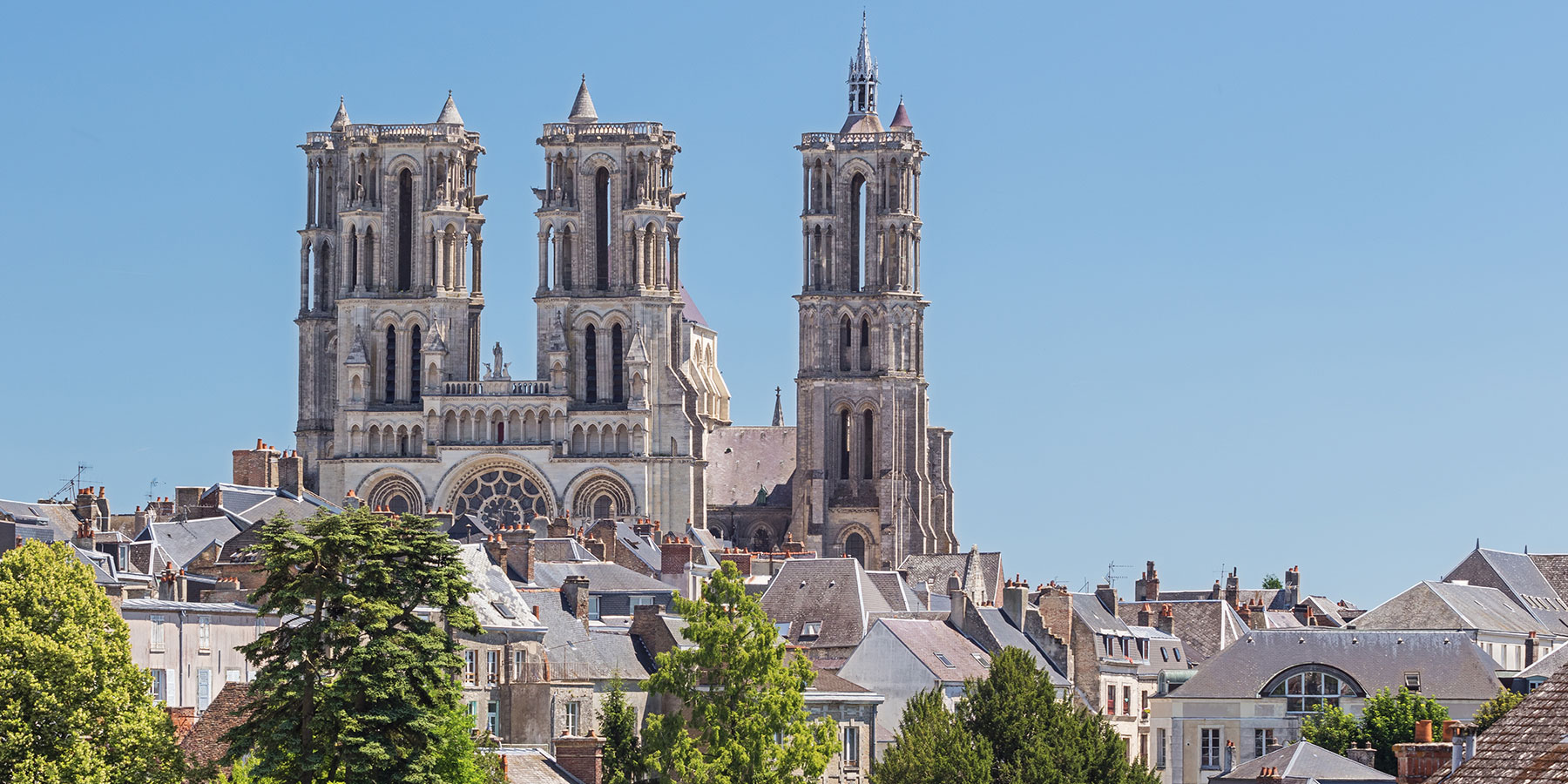



Comments